Shimogamo-jinja is a large Shinto shrine complex and UNESCO world heritage site in the northern part of Kyoto. It’s located at the confluence of the Kamo and Takano rivers.
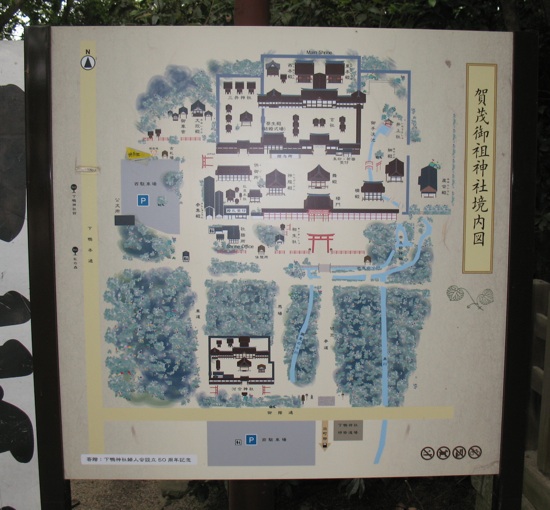
As you might expect, water is a significant feature of the shrine, and apparently has been part of the spiritual significance of the site for several thousand years.
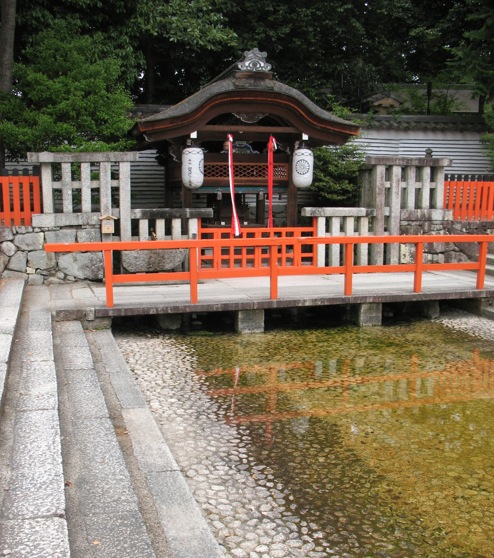
It was one of the least Westernized tourist sites we visited in Kyoto, and virtually none of the signage had English. This would definitely have been a place where having a better idea of what was around us would have helped.
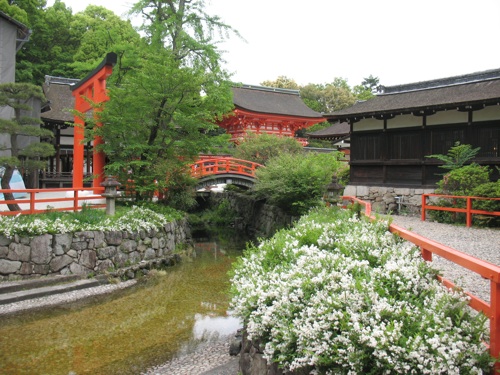
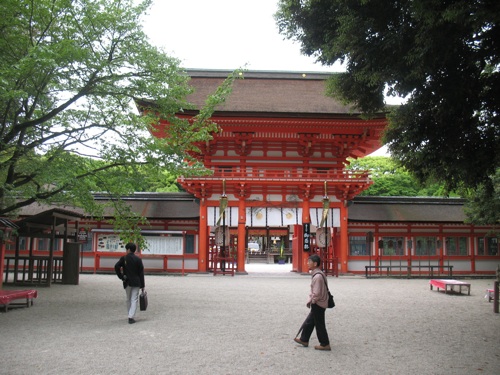
The shrine complex includes several large buildings, and it serves as the base for several important Kyoto festivals. We’d just missed the Aoi Matsuri (hollyhock festival), their main festival, which includes a horseback archery competition. We did see evidence that the festival wasn’t quite over. though.
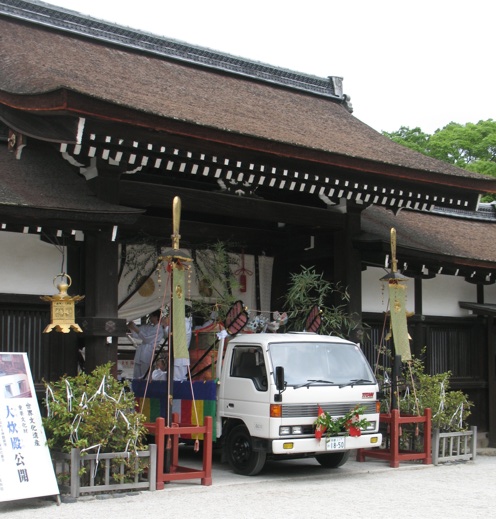
On the shrine grounds, there’s a fairly large forested area called Tadasu-no-mori. I imagine this forest represents what the entire confluence point area looked like several hundred years ago.
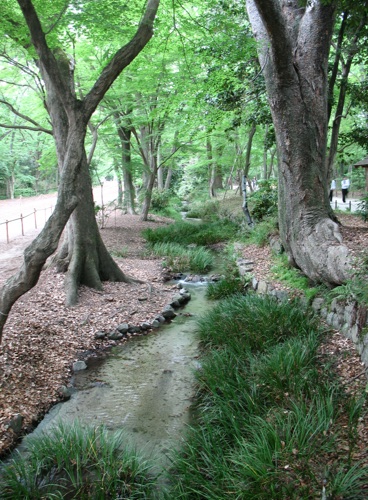
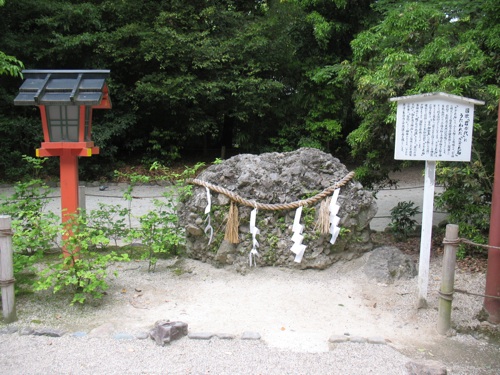
One interesting highlight is an archaeological site that dates back roughly 2000 years, indicating that the area has been important for quite a while. Because we were mainly in cities, we didn’t see many Japanese archaeological sites on our trip- at least sites that hadn’t been updated and modified for modern use. There seems to be a tendency for prehistoric sacred sites to have shrines built on them, then more shrines are added to those, then a temple is built, and eventually you have a major shrine complex. Unless, of course, the shrine stays small and residential or commercial development completely surrounds it.
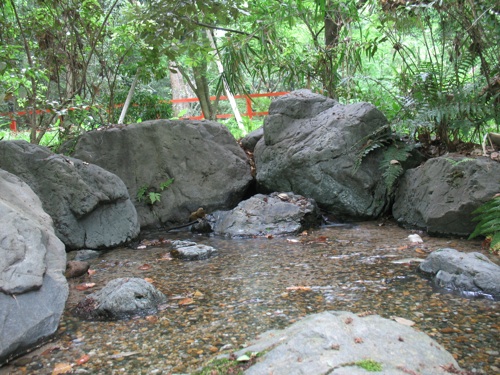
While the shrine is situated where it is because of the river confluence, you have to walk a bit outside the grounds to actually reach the rivers. The triangle of land at which the two rivers merge is a nice open site with paths on the banks of all the rivers. The rivers themselves are pretty shallow (I’m guessing that might be a seasonal thing), and there are blocks set in the rivers so that you can cross over them on foot. Pretty neat.
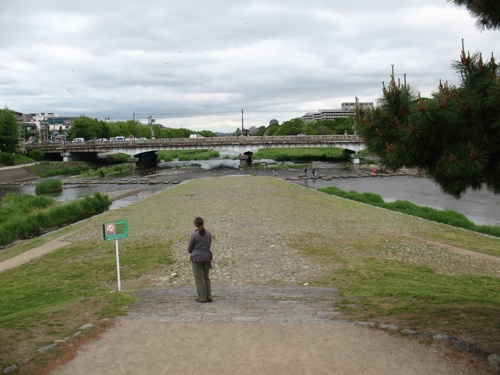

This was also bird central, so we saw a bunch of species, including lots of black kites. They seemed to be the most common raptors around here. We also saw some rodents that looked like capybaras or muskrats or …something. Did Japan have native large aquatic rodents? We had no idea. They were perched on rocks in the river, doing their thing. With adorable babies!
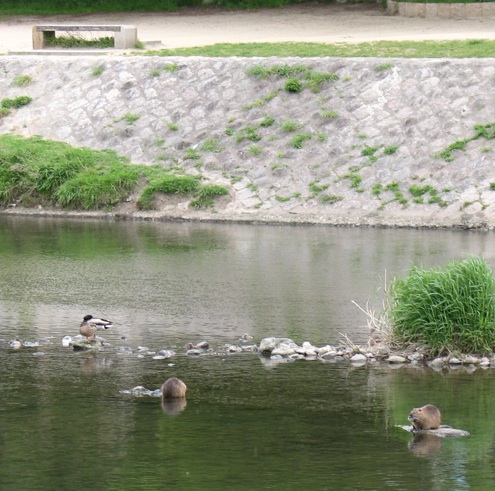
A few days later, I visited the Natural History Museum in Tokyo, and it turns out that these were nutrias (also called coypu). They’re native to South America, but were introduced to Japan for the fur trade. As we saw in Kyoto, they’ve escaped, and are now a fairly widespread invasive species. So that was our Shimogamo invasive species encounter.
One reply on “Shimogamo Shrine”
[…] course, there were feral cats a few times, and the nutria in the Shimogamo River. But we didn’t see anything really cool like […]